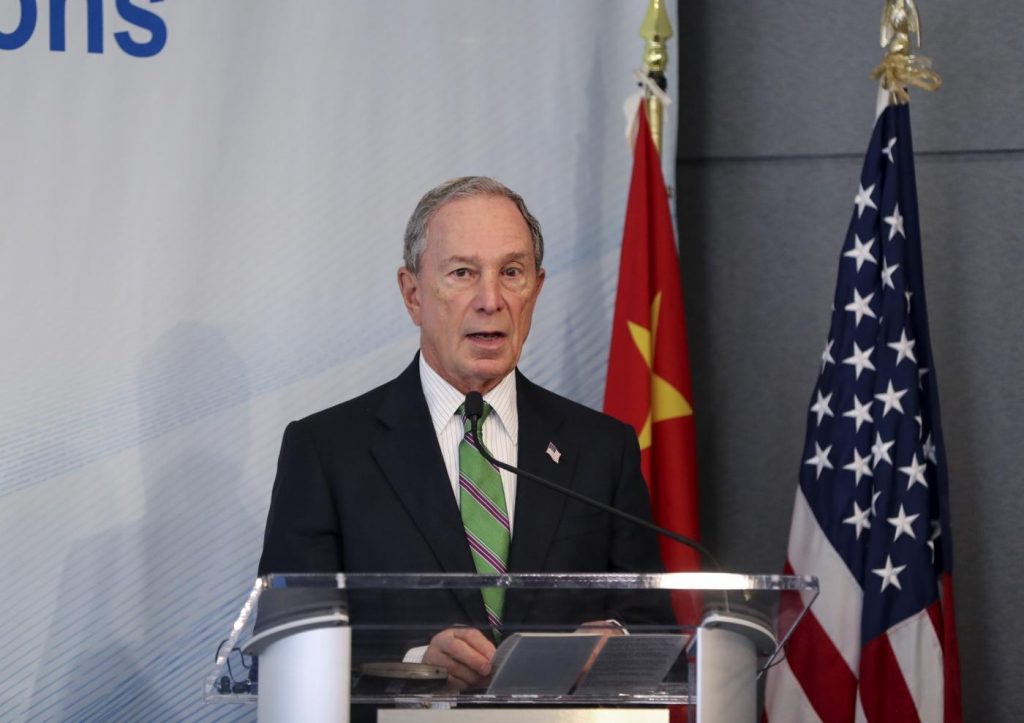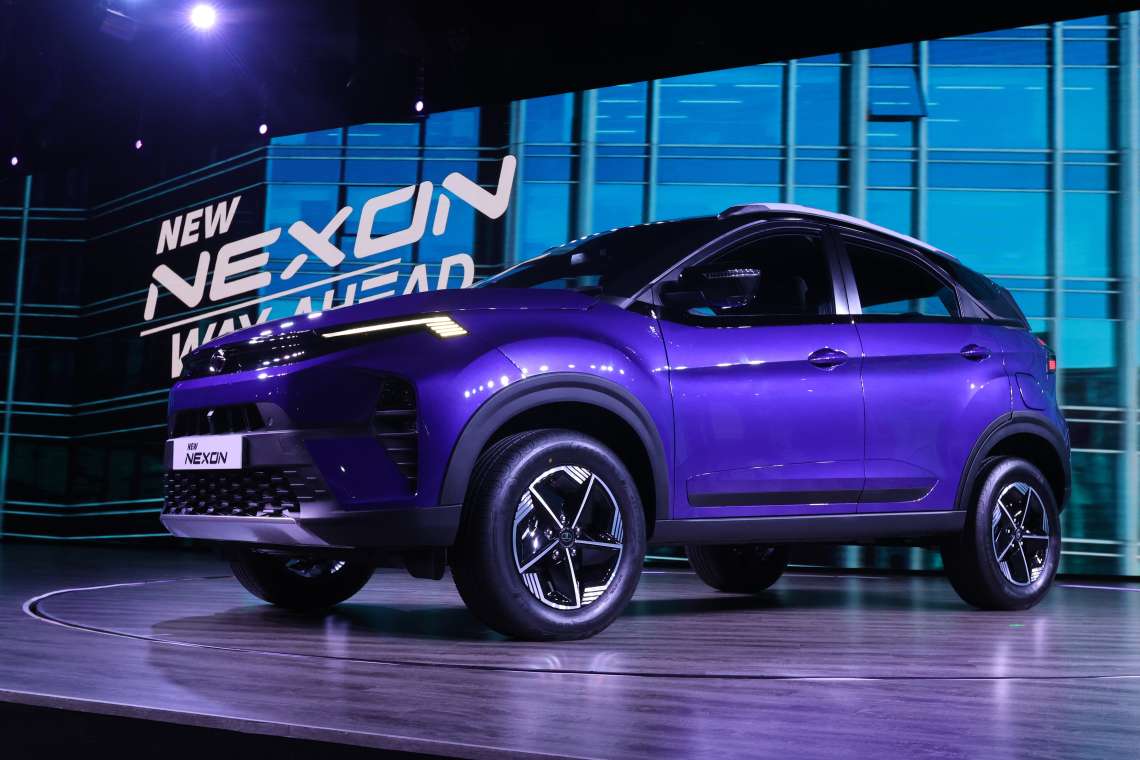UAE brands must deliver on customer promises, empower employees for increased customer experience, study reveals … reports Asian Lite News

Brands can enhance and provide an excellent Customer Experience (CX) by delivering the brand promise. As per a recent study by Kantar, the world’s leading data, insights and consulting company, if brands fail on delivering their promise, 41% of consumers are unlikely to stay customers, 56% would not recommend the brand and 62% are unlikely to buy additional products or services from the brand.
The study further revealed that 72 percent of the millennials and 71 percent of Generation X in the UAE prefer to spend their money on experience rather than material possessions.
“Experience may be critical to success, but is only one half of the puzzle. The other half is your brand promise, and whether the experience of your brand lives up to it or exceeds it. Even if the experience is great, if it doesn’t meet the promises you’ve made, then the customers are going to be left feeling disappointed. Applying CX thinking to your business is all about identifying and actioning a customer-centric approach which will bring the biggest improvement to your customer experience,” said Satish Dave, Director CX, Kantar.

Highlighting the significant role of customer experience in uplifting brand value, the Kantar study focuses on five key CX performance pillars: clear brand promise, empowered employees, empowered customers, lasting memories and exceptional delivery of experience. The research took into account different sectors including shopping malls, furniture chains, retail banks, e-commerce, car after-sales service, telecom services and car insurance.
Results clearly showed that brands are doing well on three fronts: communicating what they stand for (79% voted positive); giving customers the power to do things their way through seamless digital and omnichannels (79%); and creating positive emotional moments throughout the journey (80%). Unfortunately, the weaker link was the lack of proactive, responsive and empathetic service by the employees – only 60% of consumers were happy on this front.
The responses were similar in KSA where people voted 79%, 78% and 81% for clear brand promise, empowered customers and lasting memories respectively. Similar to the UAE, brands in KSA need to up the ante in terms of employee empowerment (66%) and exceptional delivery (65%).
“Just 1 percent improvement in customer experience can lead to huge financial gains. If we go by the findings of BrandZ Top 100 Brands 2018 conducted over a 12-year-period, brands delivering a high customer experience grew a whopping 188% compared to the brands with a low customer experience which grew a mere 18%,” Satish further added.
Of late, there has been a massive shift in consumer experience with businesses rapidly increasing their investment in CX. As per industry sources, the investment reached almost $6 billion in 2017, and is predicted to skyrocket to $17 billion by 2022.










